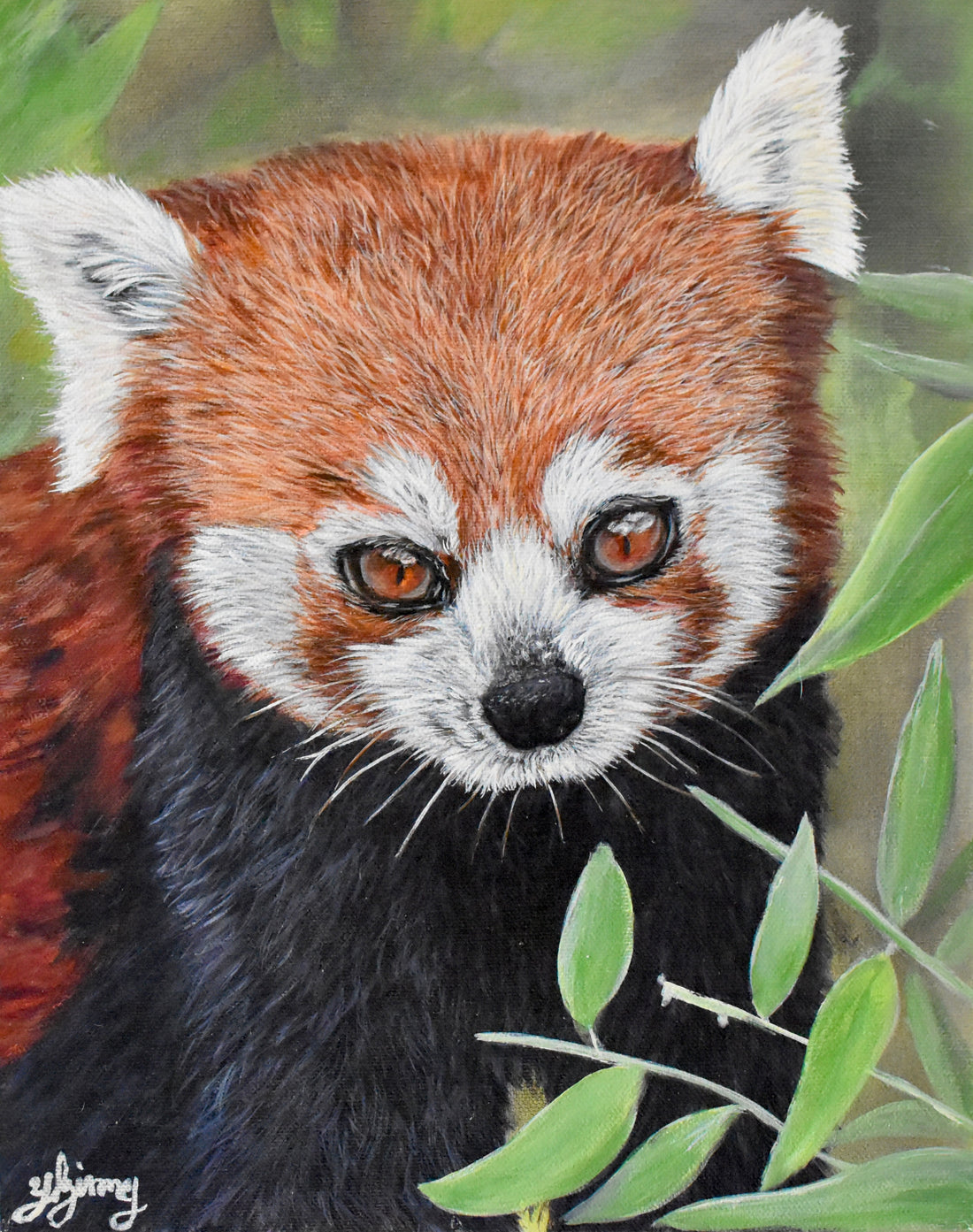Capturing intricate fur patterns in wildlife paintings requires attention to detail and a thoughtful approach to technique. Here are some tips to help artists effectively depict the lush and detailed fur of wildlife subjects:
1. **Observation and Reference:**
- Study reference photos and observe wildlife subjects in their natural habitat. Pay close attention to the patterns, direction, and texture of the fur. Take detailed notes and reference sketches to inform your painting process.
2. **Layering and Brushwork:**
- Build up the fur texture through layers of paint. Use a variety of brushes to create different fur textures, from soft and fluffy to coarse and wiry. Experiment with brushstroke direction to emulate the natural flow of fur.
3. **Underpainting Technique:**
- Consider starting with an underpainting to establish the fur patterns and overall tonal values. This foundation will provide a roadmap for adding detailed fur textures in subsequent layers.
4. **Use of Negative Space:**
- Pay attention to the negative spaces between fur strands to create depth and realism. By painting the spaces around the fur, the texture and layering of the fur can be more accurately represented.
5. **Natural Color Variation:**
- Replicate the natural color variations within the fur by mixing multiple shades for each fur section. Subtle shifts in color and value contribute to the realistic portrayal of fur texture.
6. **Selective Detailing:**
- Focus on areas of interest, such as the face or prominent fur patterns, for detailed and refined brushwork. Use a smaller brush to add intricate details while maintaining a sense of overall harmony.
7. **Patience and Precision:**
- Take your time to meticulously render the fur, paying attention to every detail. Patient, controlled brushwork is essential for capturing the complexity of fur patterns.
8. **Blending Techniques:**
- Utilize blending techniques, such as dry brushing or glazing, to seamlessly blend fur textures and create smooth transitions between color and value variations.
9. **Study Masterful Wildlife Paintings:**
- Analyze and study wildlife paintings by master artists known for their skill in depicting fur, examining their techniques and approaches to fur texture and pattern.
10. **Embrace Texture Mediums:**
- Consider using texture mediums to add tactile dimension to the fur, enhancing the physical presence and depth of the painted surface.
By employing these tips and techniques, artists can elevate their wildlife paintings by authentically capturing the intricate fur patterns and textures of their subjects, resulting in compelling and lifelike representations of wildlife.

